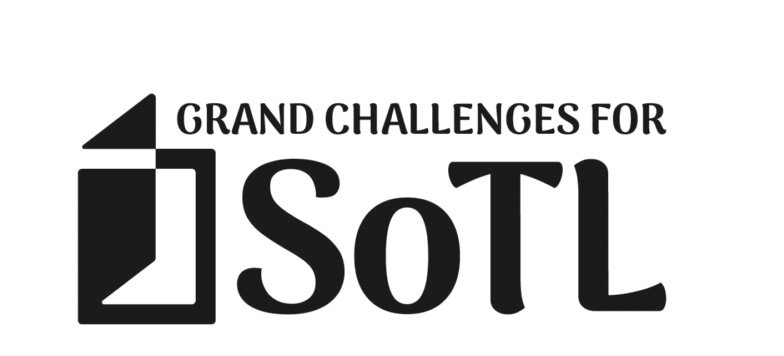A compare and contrast essay focuses on how two items or texts are similar, different, or both. The essay can compare and contrast any number of items including theories, events, books, or people.
Getting Started
Here are a few suggestions that will help create a successful comparison and contrast essay:
Choose a topic that you can argue. Remember that you need to do more than just list how items are similar or different!
Write a clear thesis statement that is true for both items/texts being discussed.
Discuss both items equally.
Connect the ideas. Students often only summarize information about a point and forget to do comparison. Use transitional words to emphasize how the points are connected.
Use the conclusion to restate the thesis, to summarize the main points, and to tell the reader why the findings are significant.
Getting Organized
There are two ways to organize a compare and contrast essay:
The first method is the Point-by-Point method.
The second method is the Block method.
Either one is acceptable – just make sure that you stick to whatever option you choose.
Point-by-Point Method
The Point-by-Point method alternates arguments about the two items (A and B) that are being compared contrasted. The pattern is as follows:
Point 1 - discuss A
Point 1 - discuss B
Discussion about overall links between A and B
Point 2 – discuss A
Point 2 - discuss B
Discussion about overall links between A and B
This method is often easier for a reader to follow because similarities and differences are more obvious when placed next to each other. For this reason, writers generally use this method for longer essays.
Please Note: This method, like the Block method, only offers an outline for the body of an essay. Remember, you also need to include an effective introduction and conclusion.
Point-by-Point Method Example
Thesis: John Stewart Mill and Michael Bakunin both support three of the basic principles of democracy (government by the people, tolerance, and equality); however, they support them to different degrees and for different reasons.
Point 1
Paragraph 1: Mill believes that the majority makes moral decisions.
Paragraph 2: Bakunin believes that public opinion should be the basis of society’s decisions, which is slightly different than Mill’s understanding of a moral majority.
Point 2
Paragraph 3: Mill argues that complete open-mindedness always benefits society.
Paragraph 4: Unlike Mill, Bakunin allows freedom of expression to be limited by public opinion.
Point 3
Paragraph 5: Mill claims that we are all equal because mere accident determines what worldview we are born into.
Paragraph 6: As with Mill, Bakunin extends equality to all and embraces diversity.
Block Method
The Block Method presents all arguments related to A, and then compares and/or contrasts them to all arguments related to B. This style is a little bit more difficult to use because there is so much space between points about A and points about B; however, it can be useful for shorter assignments. The pattern is as follows:
Point 1 about A
Point 2 about A
Etc.
Point 1 about B (with discussion about connections to A)
Point 2 about B (with discussion about connections to A)
Etc.
Please note: Make sure to present the points in the same order for A and B.
There are a couple of common problems that students run into using this method:
A lot of students end up simply listing everything about A and then everything about B without actually making connections between them.
Students may include the connections in one paragraph towards the end of the essay. Since the entire essay is supposed to make these connections, it will not be effective if the comparisons are not made throughout.
To avoid these problems with this structure, make sure to include lots of transitional statements when discussing B, such as “In the same way” or “In contrast to”. This will help the reader to remember information about A, and to understand how A and B are related to each other.
Block Method Example
Thesis: Same as in Point-by-Point Method Outline.
Thesis: Same as in Point-by-Point Method Outline above.
Part 1
Point 1: Mill believes that the majority makes moral decisions.
Point 2: Mill argues that complete open-mindedness always benefits society.
Point 3: Mill claims that we are all equal because mere accident determines what worldview we are born into.
Part 2
Point 1: Bakunin believes that public opinion should be the basis of society’s decisions, which is slightly different than Mill’s understanding of a moral majority.
Point 2: Unlike Mill, Bakunin allows freedom of expression to be limited by public opinion.
Point 3: As with Mill, Bakunin extends equality to all and embraces diversity.
Essay outlines to download and print are available for both forms of the compare and contrast essay:





















